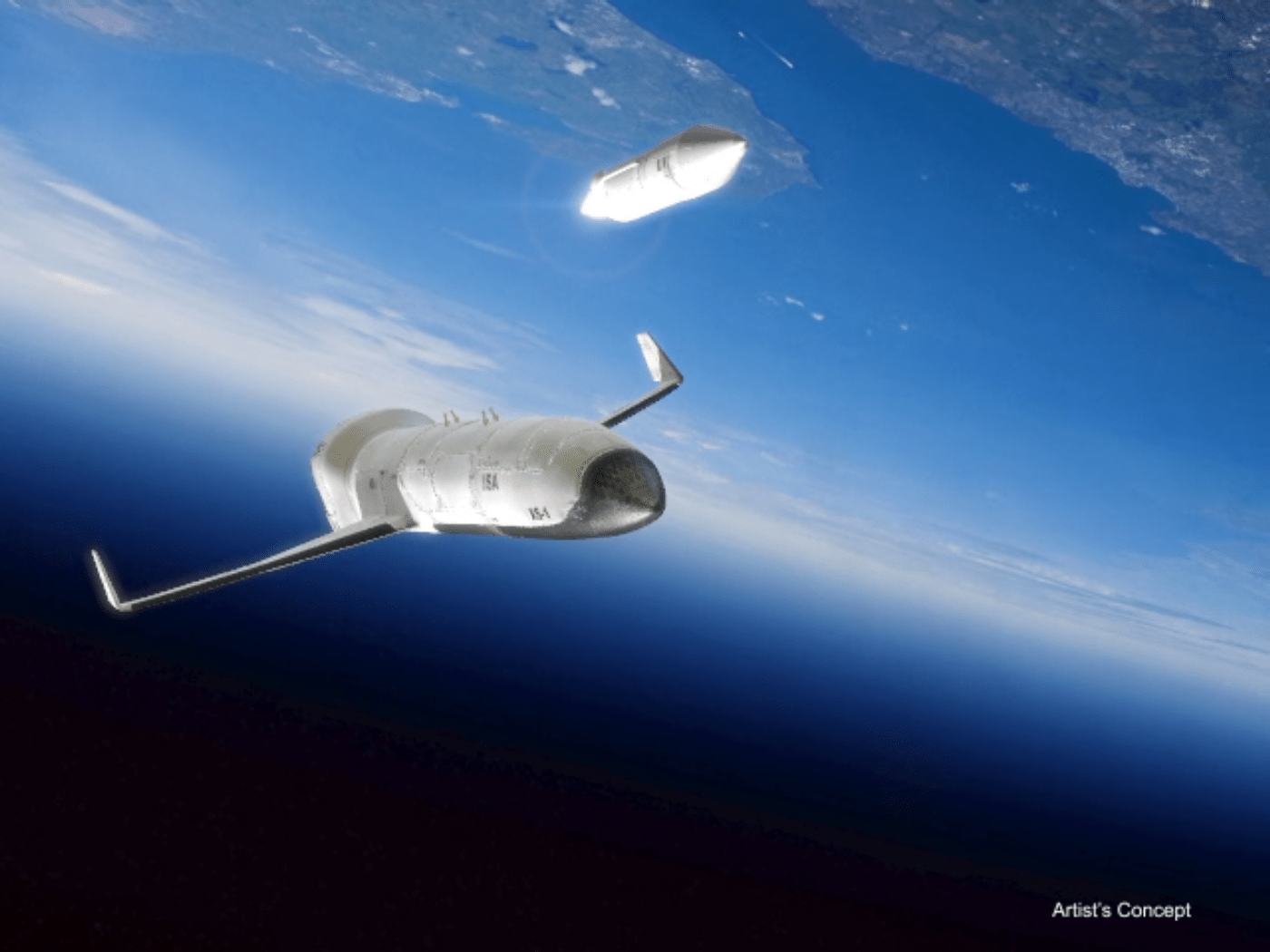The Defense Advanced Research Projects Agency (DARPA) is looking to develop a fully-reusable unmanned spaceplane, and they are now ready to start working their proposed Experimental Spaceplane (XS-1). The agency has put together a “special forces” of sorts in the space industry, awarding prime contracts for the first phase of development to a combination of six companies. These six are a combination of “old” and “new” space companies and are:
The Boeing Company (working with Blue Origin, LLC)
Masten Space Systems (working with XCOR Aerospace)
Northrop Grumman Corporation (working with Virgin Galactic)
“We chose performers who could prudently integrate existing and up-and-coming technologies and operations, while making XS-1 as reliable, easy-to-use and cost-effective as possible,” Jess Sponable, DARPA program manager. “We’re eager to see how their initial designs envision making spaceflight commonplace—with all the potential military, civilian and commercial benefits that capability would provide.”
Each commercial entity will be able to outline their vision of the XS-1, but DARPA wants the the spaceplane to provide aircraft-like access to space for deploying small satellites to orbit and it its development, they’d like to create technology for next-generation hypersonic vehicles, — and do it more affordably.
They envision that a reusable first stage would fly to hypersonic speeds at a suborbital altitude. Then, one or more expendable upper stages would separate and deploy a satellite into low Earth orbit (LEO). The reusable first stage would then return to earth, land and be prepared for the next flight.
Key to the development, DARPA says, are modular components, durable thermal protection systems and automatic launch, flight and recovery systems that should significantly reduce logistical needs, enabling rapid turnaround between flights.
DARPA’s key technical goals for the XS-1 include flying 10 times in 10 days, flying to Mach 10+ at least once and launching a representative small payload to orbit. The program also seeks to reduce the cost of access to space for 3,000- to 5,000-pound payloads to less than $5 million per flight.
Source: DARPA

